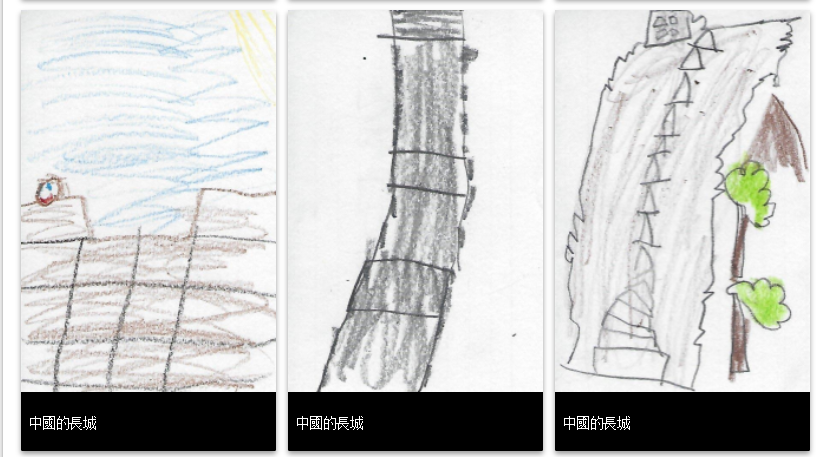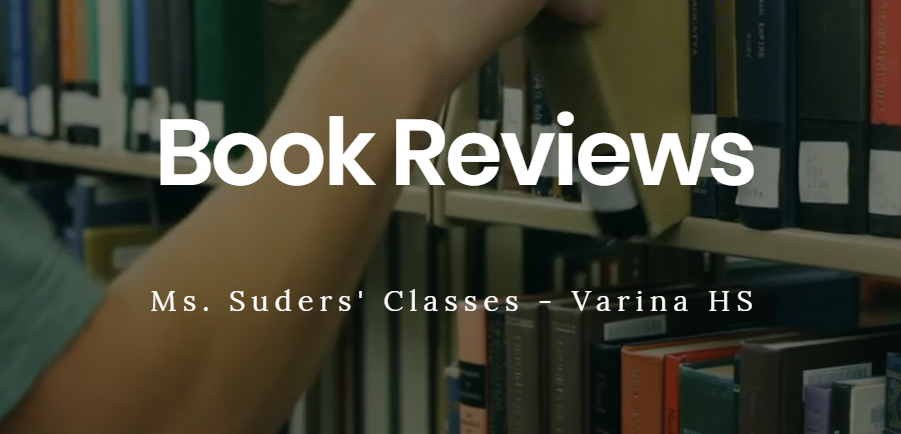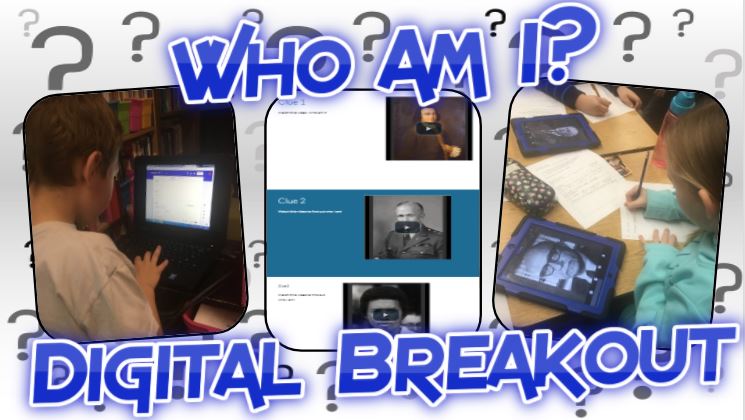Summary
In this lesson, each student puts himself/herself into the shoes of a museum curator. The teacher assigns each student a primary or secondary source dealing with an event that occurred during World War II and the students research the origin and importance of their assigned document in the context of the World War II era. The teacher places the students in pairs or groups of three, and these groups share their research and create a short summary of their assigned event. Using a variety of search techniques, the students locate internet resources and media related to their assigned event. When the students finish their research, they submit their event description and hyperlink information to the teacher via a Google Form. The teacher copies and pastes this information into a new Google Spreadsheet. Using Timeline JS, the information in this spreadsheet is reflected on a Google Site (created in advance by the teacher), where students can view each other’s work. Students use each other’s event descriptions and media to learn about a variety of WWII events, fill out the research template that they were provided at the start of the lesson, and answer several high-level critical thinking questions on the topic of World War II.
Important Note:
The teacher SHOULD NOT provide the students with any SOL content knowledge prior to or during the assignment. This assignment is intended as student-centered activity, where the students can demonstrate their knowledge of history SOLs through research and self-discovery.
The “World War II Events Timeline” lesson is based off of this project, which is larger in scope, includes more curriculum content, and takes a much longer period of class time to complete. The “World War II Events Timeline” lesson was designed as a way to integrate the same type of research skills practiced in this project into a much shorter period of time.
TIPC Ratings
Ideal – 7
Research and information fluency are the major focus of this particular assignment. This assignment allows students to practice historical research methods that a true “historian” might use while writing a book or creating a museum exhibit. Although all of the student research is conducted online, this project allows students to see research as an ongoing process and practice historical research skills. Constructing research questions is essential for any historian, as it determines the focus of his/her final product and helps him/her locate the most relevant information. Within this assignment, students develop research questions when posed with a variety of primary and secondary documents. For each document, the students determine how to use internet search resources and tools to properly identify the document and then place the document in the context of the World War II
Another historical research skill that students practice over the course of the assignment is selecting accurate, appropriate, and relevant information. Students learned source evaluation techniques at the start of the year, but they also learn several new techniques throughout the course of this lesson through teacher demonstrations. These evaluation techniques not only help the students to create a historically accurate museum, but also ensure that the museum exhibit is engaging for the audience. Students select resources and materials based not only on content but engagement and interactivity. In selecting the most appropriate information, students practice their synthesis skills. This synthesis of information is displayed in the students’ final exhibit, which allows viewers to read and also interact with information in a variety of ways.
Approaching – 4
Throughout the assignment, the students use digital tools to communicate and collaborate with their peers. After students complete their individual research, they share their research with their partner(s) using GoogleDocs. Using this tool, students are able to collaboratively edit their event description and create a list of possible internet resources in one central location. The final timeline is also a collaborative venture. Although each student only researches one event initially, students use the resources gathered by their classmates to learn about the events of World War II.
Ideal – 6
The problem for this particular assignment is to tell the story of the World War II, given a limited amount of resources from which to begin researching. This is very much a real-world problem, as historians and museum curators face this type of problem on a frequent basis. Students select the most appropriate search techniques to uncover the identity of a primary or secondary documents located in the research template. Once students identify a document, the hard word begins. The student must create new search terms, apply new search techniques, and synthesize a large amount of information to help determine the document’s relevance to World War II. In other words, the students must determine how each document helps to “tell the story” of the World War II. Within the museum exhibit, students must justify their inclusion of information and images in the same context – Does it help to tell the story of the World War II? Finally, students use the resources and media provided on the final timeline to answer several high level questions regarding World War II, where they must justify and explain their responses based on historical evidence.
Approaching – 5
Although they do not choose the tool used to create the final product, the students do create meaningful, original work within the assignment parameters, as the students create their own event descriptions that are included in the timeline. There are also aspects of personal choice within the lesson, as the students choose which internet resources to hyperlink in their final event description. The students use the timeline to summarize, make predictions, and analyze the events of World War II.
Download Files
World War II Events Timeline – H21 Resources
Contents:
- World War II Events Timeline H21 Lesson Plan
- World War II Events Timeline – Assignment Instructions and Rubric
- Research Template
- Sample Research Template
- Link to Student-Generated Timelines






